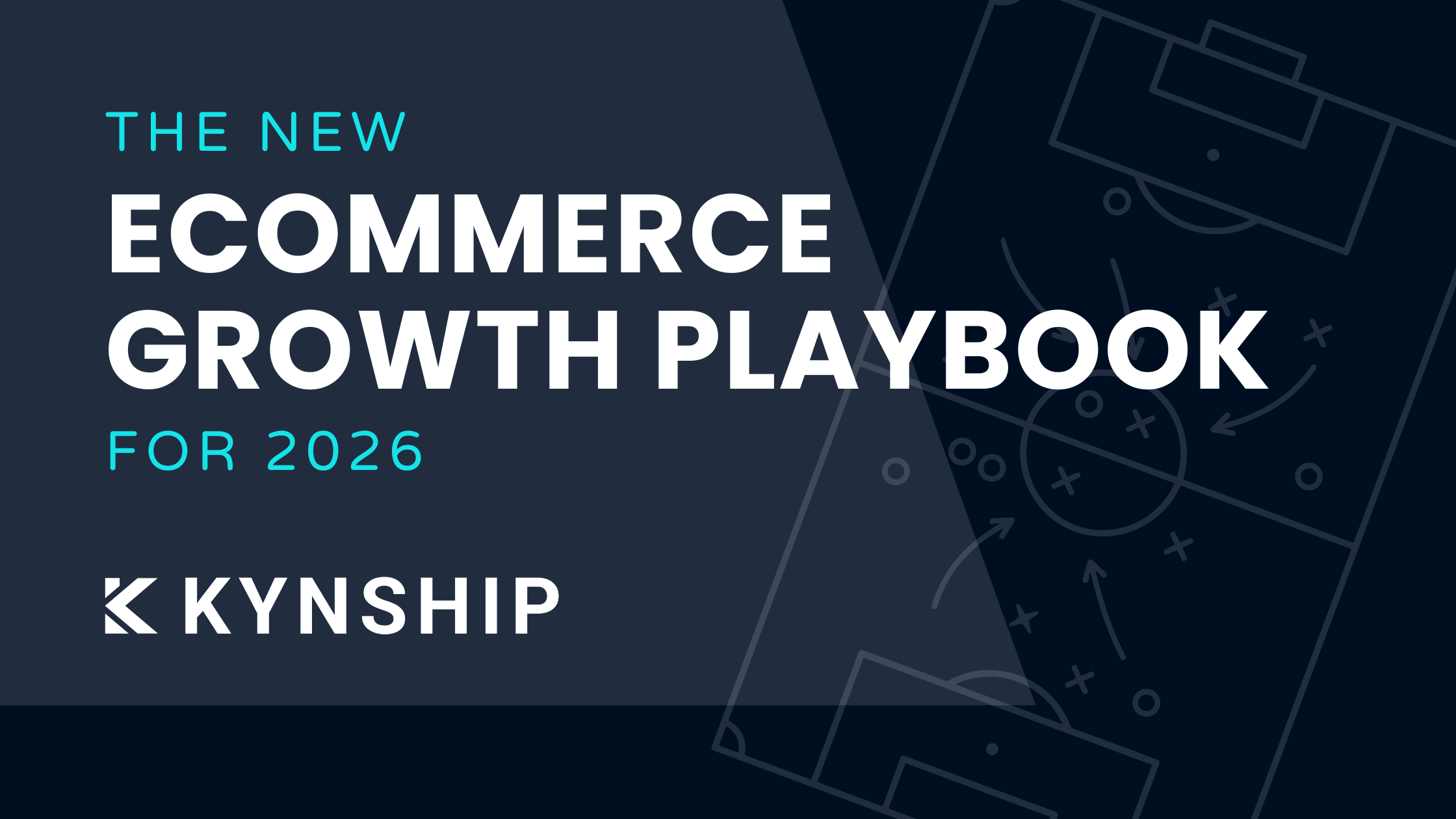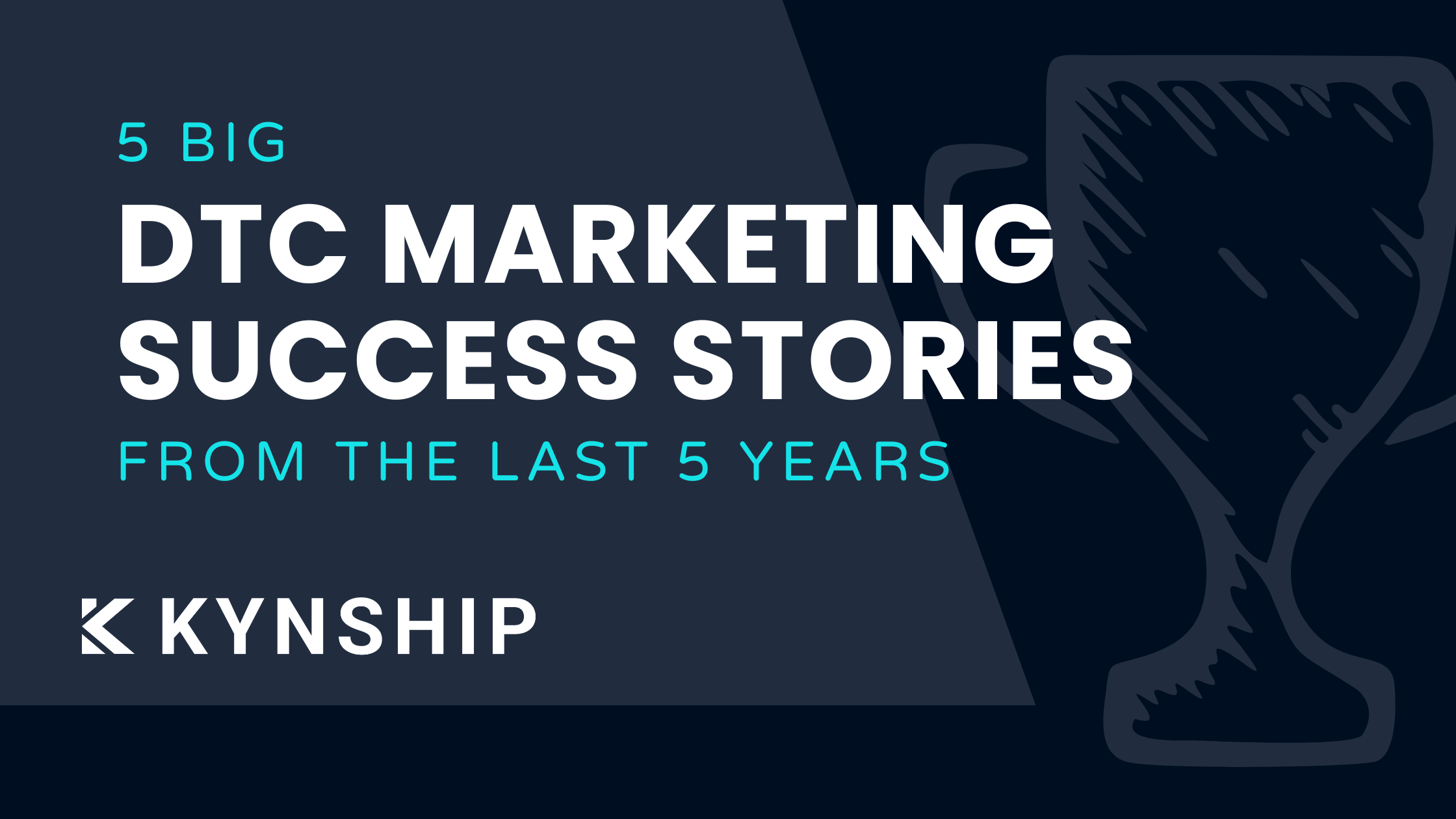Virtual Influencers: A New Era Begins

Ok, I’m coming right out of the gate with this one. As the co-founder of an influencer marketing agency, I’m left a bit perturbed while equally intrigued. AI or virtual influencers are gaining steam. Since the numbers don’t lie, maybe my own discomfort with the newest niche in influencer marketing is just a sign I’m becoming an old person, but here goes...
A New Age Dawns
We often hear brands and social media advertisers stress the importance of human connections with consumers. The path to making those connections, however, has evolved in recent years. With more than 1 billion social media users across the globe, brands are seeking innovative ways to differentiate themselves and connect with audiences on these growing social platforms. The latest emerging trend? Virtual influencers.

What Are Virtual Influencers?
What some may consider the next wave of influencer marketing, brands are now leveraging their very own brand ambassadors through virtual influencers. Created by third parties for the use of brands, these AI-generated characters encompass the realistic features, personalities, thoughts, and feelings of real humans. The semi-creepy caveat is that they are controlled entirely – from their physical appearance to the messages they put out – by a brand.
Virtual influencers are leveraged to bring in social media followers and likes for brands, and these modern-day influencers have seen explosive growth and followings in recent years. Lil Miquela, a virtual influencer created by transmedia studio Brud, is known to many as the trailblazer in the virtual influencer world. She entered the scene in 2016, and has since gained 3 million Instagram followers, several magazine features and inclusion in luxury brand campaigns.
How Effective Are Virtual Influencers & Who Is Engaging With Them?
The broader influencer marketing space is said to be a “billion-dollar industry,” with reporter Sam Bradley of The Drum hinting at predictions that influencer marketing could hit $15 billion in just a matter of years. Virtual influencers, however, are pulling ahead of “traditional” social media influencers, with a 2020 virtual influencer study from HypeAuditor revealing “virtual influencers have almost three times the engagement rate of real influencers.” HypeAuditor also shared, in a 2019 virtual influencer study, that a “real influencer should make almost four times more Instagram posts to gain the same number of followers as the virtual influencer.”

The majority of virtual influencer followers are in the U.S., and roughly 45% of virtual influencers’ audiences are women ages 18 to 34. Early social media users (ages 14-17) also commonly follow virtual influencers. In fact, the number of early social media users following AI influencers is double the number following human influencers.
What Does The Growth Of Virtual Influencers Mean For The Future Of Influencer Marketing?
Virtual influencers present an interesting opportunity for brands, as they give marketers complete control over their messaging and significantly less risk. While many real-life influencers can present authentic images to their audiences, the potential for real-life actions or controversies can be concerning for many brands. With the use of virtual influencers, brands can create brand ambassadors tailored to match their specific images and values. As a result, custom virtual influencers can be ideal and accurate representations of brands.

Many major brands have already jumped on the virtual influencer bandwagon. Samsung teamed up with top virtual influencer Lil Miquela for its 2019 #teamgalaxy campaign, luxury fashion brand Balmain launched a campaign starring three digital models and KFC poked fun at the growing virtual influencer trend by creating its own digital influencer in the form of Colonel Sanders. And, while the virtual influencer industry shows no signs of slowing down, many advertisers, consumers, and regulators have questions about the practice of using AI-generated people to promote offers. Many are wondering if future regulations will demand brands disclose to their followers that they are not interacting with a “real person.” Tiffany Hsu for The New York Times noted, “The Federal Trade Commission acknowledged in a statement that it ‘hasn’t yet specifically addressed the use of virtual influencers’ but said companies using the characters for advertising should ensure that ‘any claims communicated about the product are truthful, not misleading and substantiated.’”
In an industry that has garnered as much attention and followers as virtual influencing has, brands should consider the benefits of leveraging and embracing the trend while also ensuring they follow all regulations currently in place with regard to influencers, data collection and claims.
Where Can Influencer Marketing Take You?
If this has shown us anything, it’s the fact that when it comes to harnessing the power of an identity to propel your brand the sky’s the limit. Adaptability is key to any business model, but the notion holds especially true for the marketing industry.

Who knows what the future holds? I’d expect another Snoop Dogg and holographic Tupac reunion at Coachella for starters; from there it’s anybody's game. No matter what is coming around the corner, we’ll be ready to be on the leading edge. Check us out at kynship.co and see how we can bring some powerful voices to your brand.


5 DTC Marketing Success Stories From The Last 5 Years
Five real DTC marketing success stories from the last five years, breaking down how brands scaled despite rising CAC, creative fatigue, and tougher competition, plus key lessons you can apply today.

The New Ecommerce Growth Playbook For 2026
These are the ecommerce growth marketing strategies we are using right now to successfully scale DTC brands from $2M to $50M.
Bi-weekly tips to reduce your CAC
Join thousands of DTC operators and subscribe to Cut the CAC for insights from the Bottom Line Podcast and Kynship's growth strategies.


.avif)
.avif)
.avif)



